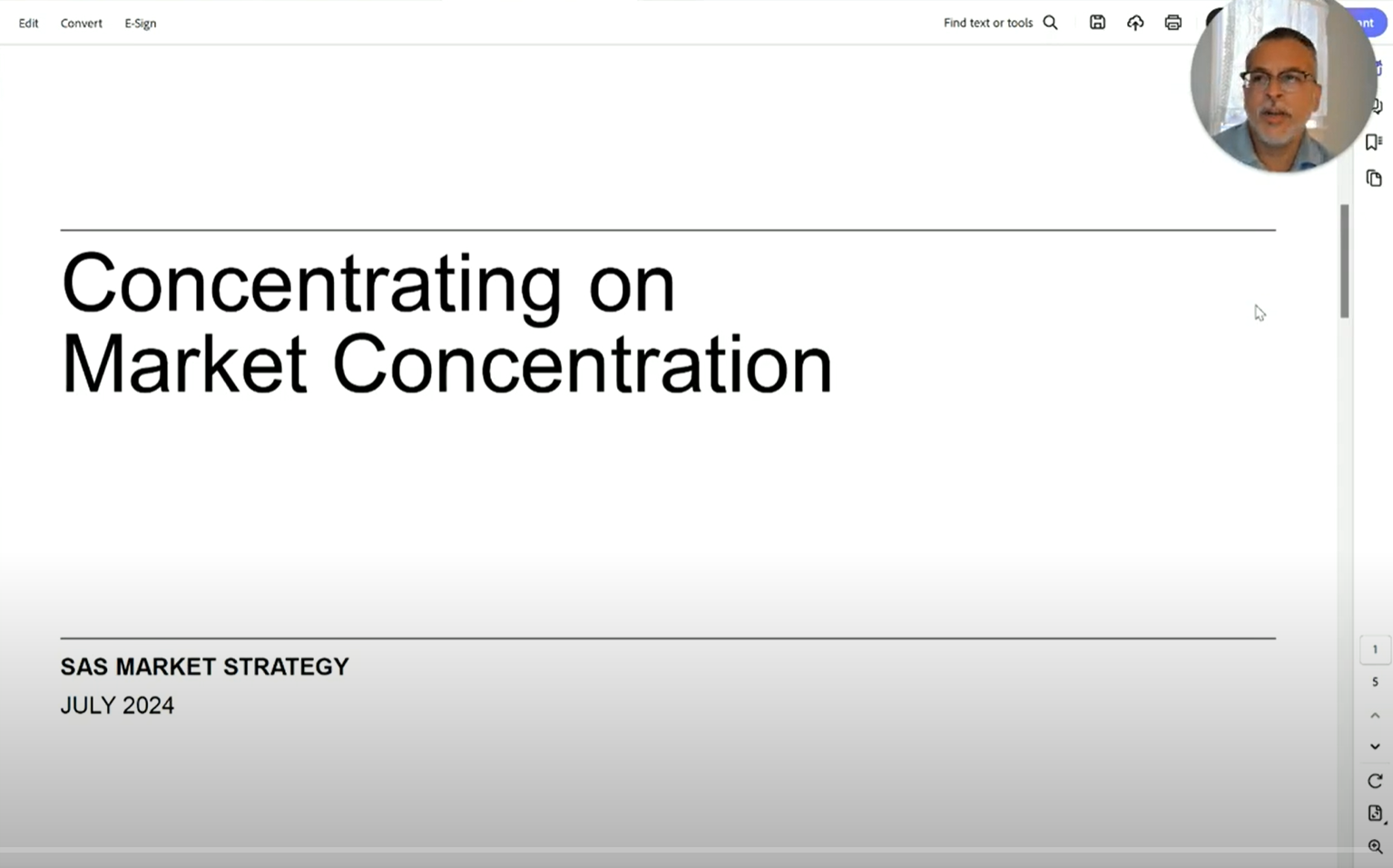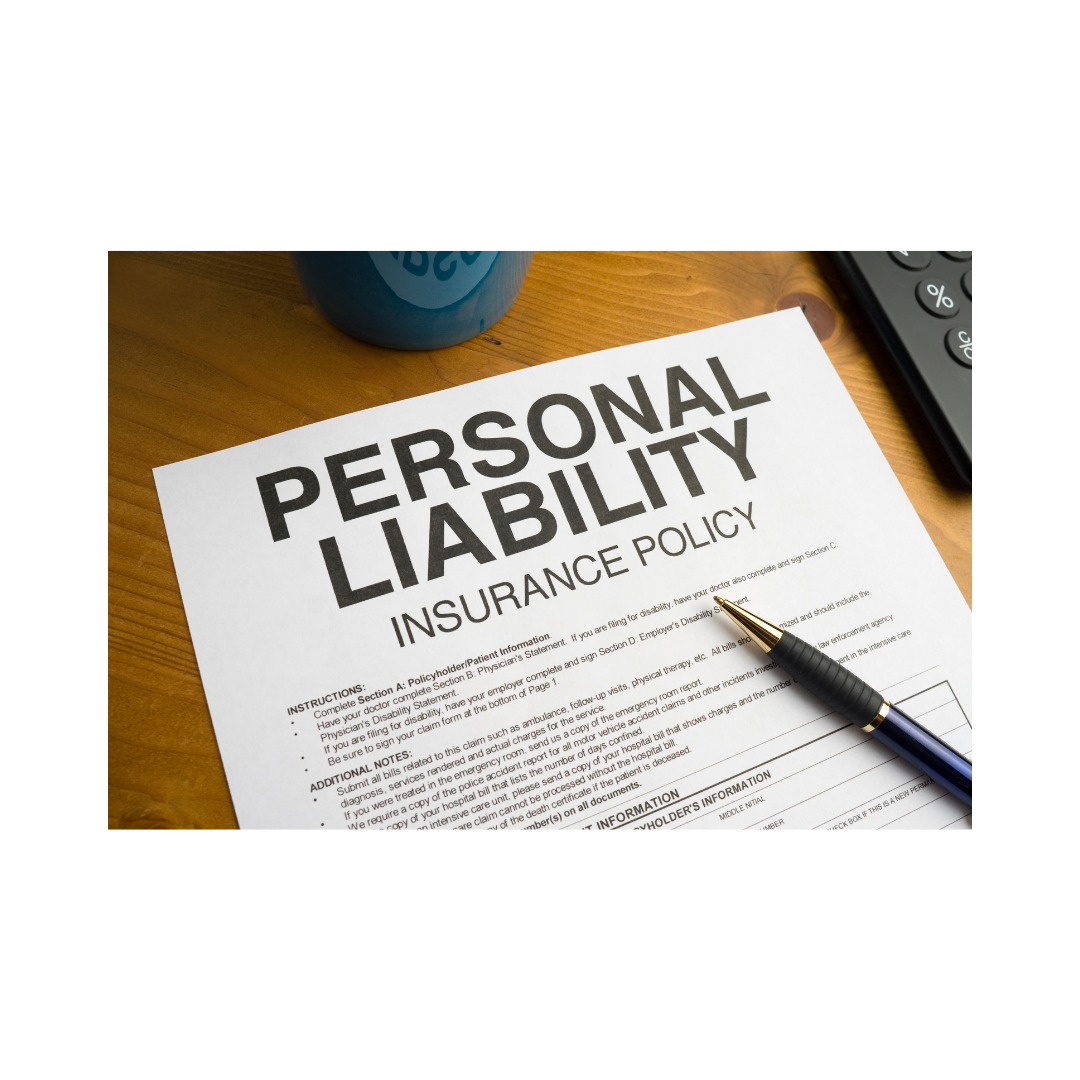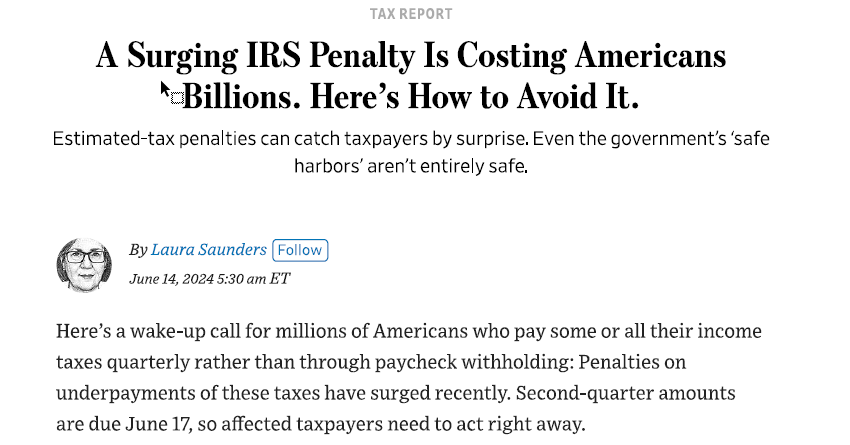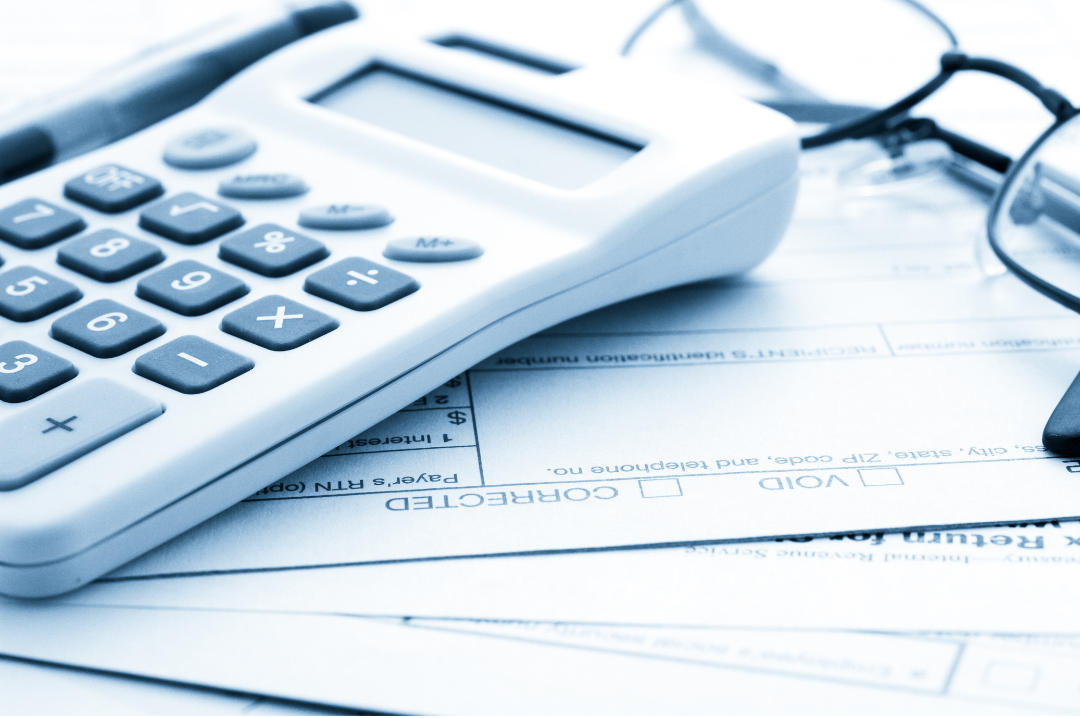We all know that when you sell a stock you pay a tax on the profit (the difference between what you paid for it, and, what you sold it for). This is referred to as a capital gain. The same principal holds true for the sale of a property, be it an investment property or your personal residence.
One caveat to this is if you have a capital gain from the sale of your main home, you may qualify to exclude up to $250,000 of that gain from your income. You may qualify to exclude up to $500,000 of that gain if you file a joint return with your spouse (*see the note at the bottom for more detail).
Even with these exclusions, if you own your property for a long enough period of time, there is a good chance that some tax could be owed upon sale. The below guidelines are the most helpful I have seen on what to track. They were shared to us by David Marcus, CPA and Director of Tax at Samet & Company. David is a fantastic CPA who has done great work with some of SPP’s clients.
We suggest keeping a file with receipts tracking of any of the below improvements (Single Point clients can save this file electronically in their Vault). Otherwise, you could end up spending a lot of time searching through past records when it comes time to sell your home (and most likely, you will forget to include something). Here’s what to include:
Any major improvements or renovations would increase your cost basis.
Examples of Improvements That Increase Basis
|
Additions |
Systems |
|
|
|
Repairs done as part of larger project. You can include repair-type work if it is done as part of an extensive remodeling or restoration job. For example, replacing broken windowpanes is a repair, but replacing the same window as part of a project of replacing all the windows in your home counts as an improvement.
Examples of improvements you CAN’T include in your basis. You can’t include:
· Any costs of repairs or maintenance that are necessary to keeping your home in good condition but don’t add to its value or prolong its life. Examples include painting (interior or exterior), fixing leaks, filling holes or cracks, or replacing broken hardware.
· Any costs of any improvements that are no longer part of your home (for example, wall-to-wall carpeting that you installed but later replaced).
· Any costs of any improvements with a life expectancy, when installed, of less than 1 year.
*In general, to qualify for the exclusion, you must meet both the ownership test and the use test. You’re eligible for the Section 121 exclusion if you have owned and used your home as your main home for a period aggregating at least two years out of the five years prior to its date of sale. You can meet the ownership and use tests during different 2-year periods. However, you must meet both tests during the 5-year period ending on the date of the sale. Generally, you’re not eligible for the exclusion if you excluded the gain from the sale of another home during the two-year period prior to the sale of your home. Refer to IRS Publication 523 for the complete eligibility requirements, limitations on the exclusion amount, and exceptions to the two-year rule.
Source: sfcfo_archive














